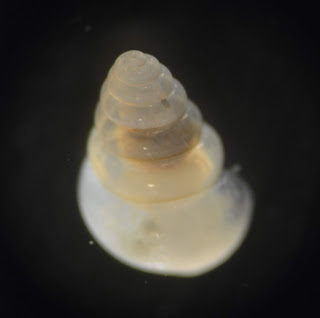Like silver
"For you, O God, tested us; you refined us like silver. You brought us into prison And laid burdens on our backs. You let people ride over our heads; we went through fire and water, but you brought us to a place of abundance." - Psalm 66: 10-12 NIV Friends, we are now nearing the end of another year. 2018 is drawing to a close, and I can feel a chapter closing in a very real way. You know, recognizing the end of a calendar year is actually unusual for me. A combination of my late summer birthday and growing up in the North American educational system with its September-to-June rhythm has meant that my years have always begun and ended in August . Each year, the summer-to-fall transition meant I advanced a year in age and a grade in school. For me, New Year's Day has always been in August. Not this year. 2018 was a year all by itself. It was the year I was engaged . It was the year I finished my postdoctoral position . As December closes, I feel the end of the y...












